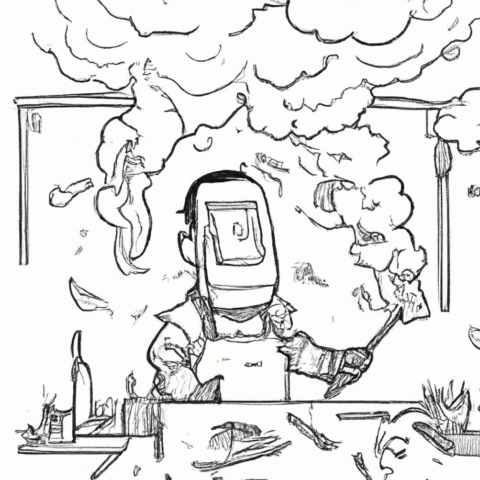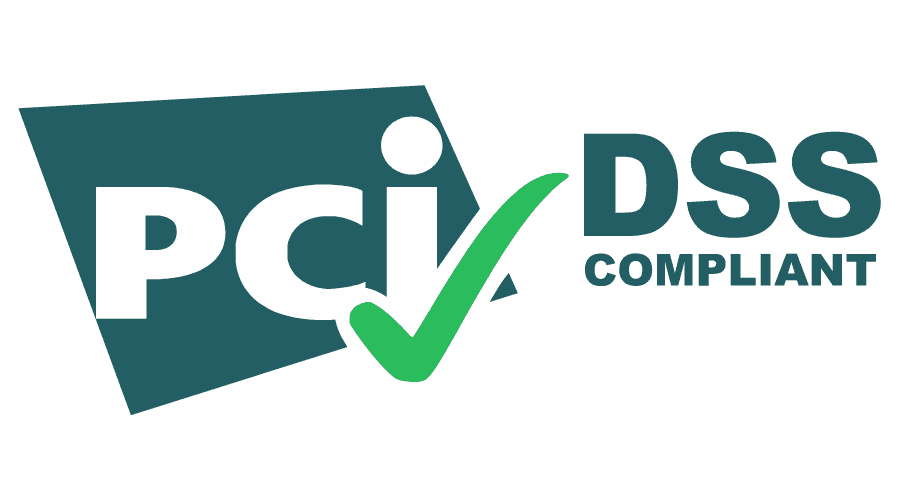Welding produces hazardous fumes that can cause serious respiratory and health problems if not controlled. In the UK, the Control of Substances Hazardous to Health Regulations 2002 (COSHH) makes it a legal requirement for employers to protect workers from exposure.
The most effective method of control is a welding fume extractor — a system that captures and filters fumes at the source, creating a safer, healthier, and more productive workspace.
👉 Browse our full range of Kemper, Nederman, and Weldability SIF fume extractors for portable, stationary, and centralised setups.
Types of Welding Fume Extractors
| Type | Description | Best For |
|---|---|---|
| Portable | Lightweight, mobile units; often on wheels or carts | On-site jobs, small workshops, flexible use |
| Stationary | Fixed installations; wall, floor, or ceiling-mounted | Welding booths, workshops with repeat jobs |
| Centralised | Ducted system serving multiple stations | Large factories, high-volume welding |
Key Features to Look For
| Feature | Why It Matters |
|---|---|
| Airflow & Suction | Determines capture efficiency; measured in CFM (cubic feet per minute) |
| Filtration System | HEPA/high-MERV filters trap fine welding particles, including hexavalent chromium |
| Noise Level | Important for indoor/long-shift use |
| Size & Weight | Impacts portability and space requirements |
| Mobility | Wheels/handles make portable units easier to move |
| Auto-Cleaning Filters | Reduces downtime and extends filter life |
Choosing the Right Extractor
Factors to consider when selecting a fume extractor:
- Welding Process → MIG produces heavier smoke; TIG produces finer, lighter fumes.
- Workspace Size → Larger areas need higher airflow.
- Number of Welders → Multiple stations may need centralised extraction.
- Materials Welded → Stainless steel fumes contain hexavalent chromium (carcinogenic).
- Regulations → COSHH requires adequate local exhaust ventilation (LEV).
Guide Airflow Rates
| Workspace Size | No. of Welders | MIG Welding | TIG Welding |
|---|---|---|---|
| Small (1–2 welders) | 1–2 | 1000–1200 CFM | 800–1000 CFM |
| Medium | 2–4 | 1200–1500 CFM | 1000–1200 CFM |
| Large | 4–6 | 1500–2000 CFM | 1200–1500 CFM |
| Extra Large | 6+ | 2000–2500 CFM | 1500–2000 CFM |
Maintenance & Safety Tips
Keeping a fume extractor in top condition is critical for safety and efficiency:
- Filters → Inspect and replace/clean regularly per manufacturer’s schedule.
- Suction → Test airflow frequently; reduced suction = blocked filters or leaks.
- Motor Brushes → Replace when worn to avoid performance loss.
- Hoses & Connections → Check for blockages, cracks, or leaks.
- Storage → Keep units dry, upright, and away from sparks/spatter.
- Record Keeping → Maintain service logs to comply with COSHH inspections.
Fume Extractor Troubleshooting Guide
| Symptom | Likely Cause | Solution |
|---|---|---|
| Weak suction / poor fume capture | Clogged or full filter | Replace or clean filter as per manufacturer’s instructions |
| Blocked hose or ducting | Inspect and clear obstructions | |
| Leaks in connections | Tighten clamps and fittings; replace cracked hoses | |
| Excessive noise or vibration | Worn motor brushes or bearings | Replace brushes/bearings |
| Loose mounting or bolts | Tighten all fixings | |
| Frequent filter clogging | Incorrect filter type for fumes | Upgrade to HEPA/high-MERV filters |
| Welding stainless or toxic alloys without suitable filter | Switch to filter rated for hexavalent chromium and fine particulates | |
| Unit won’t start | Electrical fault / power issue | Check power source, cables, and fuses |
| Blown motor | Replace motor (professional service recommended) | |
| Smoke escaping near filter housing | Filter improperly seated | Reinstall filter and ensure tight seal |
| Damaged gasket | Replace gasket/seals |
Final Thoughts
A welding fume extractor isn’t just a comfort upgrade — it’s a legal and health necessity. By choosing the right type, ensuring it meets airflow requirements, and keeping up with maintenance, you protect welders, improve productivity, and stay compliant with UK safety laws.




